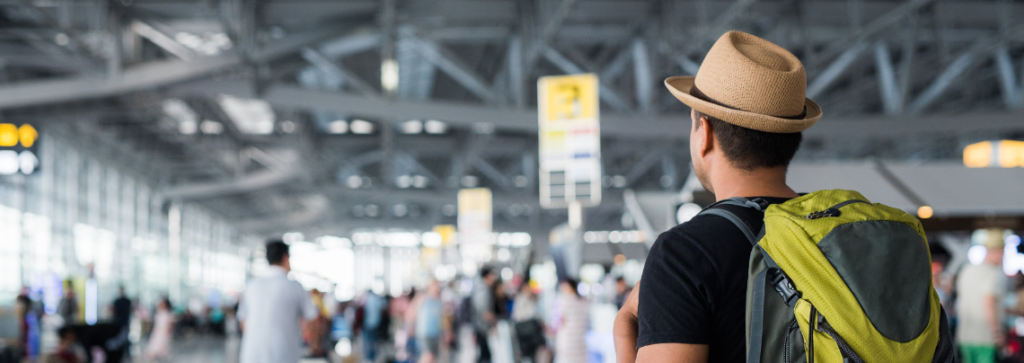Why Airport Security Always Turns into My Most Unpleasant Travel Experience

One of the most frustrating elements for passengers at airports, in my experience, is everything related to security—especially the long waits and the uncertainty of how long the security lines will take or when extra gates with additional security guards will be opened. This is, for me personally, one of the main reasons not to take a plane especially at some airports.
What I don’t get is that this kind of frustration can be avoided. Airports generally have all the right tools to predict how many people are expected during peak times, allowing them to dynamically staff the security gates and minimize waiting times. This would give passengers more time to shop, enjoy a coffee, or grab a quick bite to eat.
Travel should be enjoyable, and airports, in close collaboration with governmental agencies, should make an extra effort to alleviate this frustration. They have everything to gain, as employees will feel happier when they encounter satisfied passengers.
Checking what other elements could be brought into the equation, I found these additional elements for improving airport security efficiency
1. **Real-Time Monitoring and Communication**: Airports could implement real-time monitoring of security line lengths, providing live updates to passengers via apps, websites, or digital displays throughout the terminal. This transparency would allow passengers to better plan their time, reducing anxiety and frustration.
2. **Pre-Screening Programs**: Expanding pre-screening programs like TSA PreCheck or Global Entry, which allow low-risk travellers to pass through security more quickly, could help alleviate congestion at standard security checkpoints. Encouraging more travellers to enroll in these programs could significantly reduce overall wait times.
3. **Automated Screening Technologies**: Investing in and deploying more advanced automated screening technologies, such as CT scanners for carry-on luggage, can speed up the screening process. These technologies often require less manual intervention, allowing passengers to keep items like laptops and liquids in their bags, thus reducing bottlenecks.
4. **Flexible Staffing Models**: Airports could adopt more flexible staffing models, where security personnel can be quickly redeployed to busy areas as needed. This could include on-call staff during peak times or the ability to quickly open additional security lanes when lines start to build up.
5. **Passenger Flow Management**: Using data analytics to predict passenger flow and behaviour can help airports optimize the entire security process. For example, staggering the arrival of buses or shuttles during peak times can prevent surges of passengers at security checkpoints.
6. **Security Lane Reservations**: Some airports have started allowing passengers to reserve a specific time slot for security screening. This system could be expanded, giving travellers more control over their schedule and reducing the uncertainty of wait times.
7. **Enhanced Communication Between Agencies**: Airports, airlines, and security agencies should enhance their communication and coordination efforts. By sharing real-time data and forecasts, they can ensure that security staffing is aligned with the actual demand
By focusing on these areas, airports can significantly improve the security experience, making air travel less stressful and more enjoyable for everyone involved.



